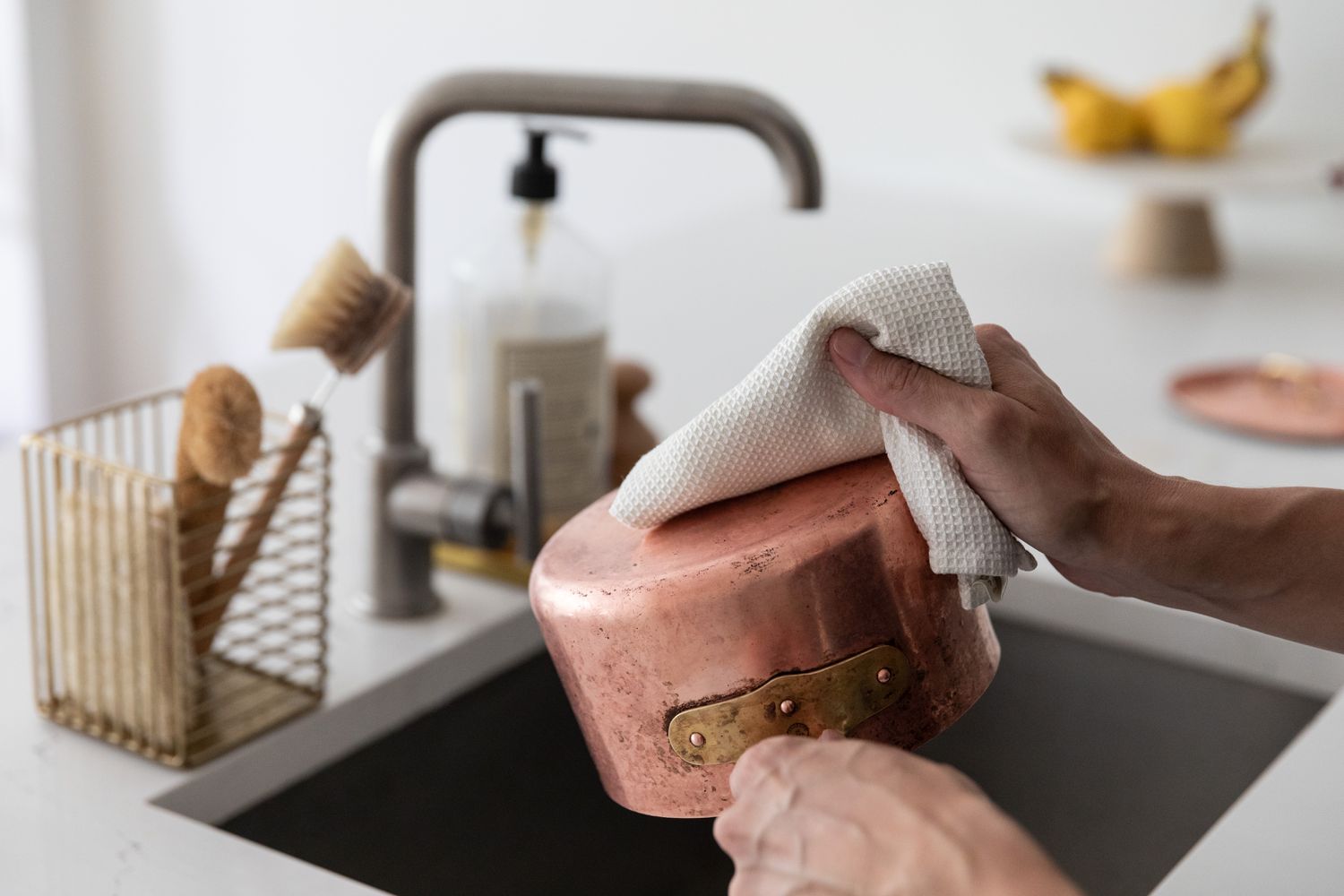Copper cookware is prized not only for its excellent heat conductivity but also for its aesthetic appeal. However, maintaining the beauty and functionality of copper pots and pans requires proper care and cleaning techniques. In this article, we’ll delve into the best practices for copper cookware cleaning to ensure it retains its shine and performs optimally for years to come.
Why Copper Cookware?
Copper has been a favorite material for cookware for centuries, and for good reason. Its unparalleled ability to conduct heat evenly and rapidly makes it ideal for cooking a wide range of dishes, from delicate sauces to hearty stews. Additionally, copper cookware adds a touch of elegance to any kitchen with its warm, lustrous appearance.
The Challenge of Copper:
While copper cookware offers numerous benefits, it is susceptible to tarnishing and discoloration over time. Exposure to air, moisture, and acidic foods can cause the copper to develop a patina—a darkened, oxidized layer that detracts from its appearance. Additionally, copper can react with certain foods, leading to off-flavors and potential health risks if not properly maintained.
Copper Cookware Cleaning:
Proper cleaning is essential for preserving the beauty and functionality of copper cookware. Here are some steps to keep your pots and pans looking their best:
- Hand Wash Only: Avoid cleaning copper cookware in the dishwasher, as harsh detergents and high temperatures can damage the copper and strip away its protective coating. Instead, wash the cookware by hand using a mild dish soap and warm water.
- Use a Soft Cloth or Sponge: When washing copper cookware, use a soft cloth or sponge to gently scrub away any food residue or stains. Avoid abrasive scrubbers or steel wool, as they can scratch the surface of the copper.
- Avoid Abrasive Cleaners: Refrain from using harsh or abrasive cleaners on copper cookware, as they can strip away the protective layer and dull the finish. Instead, opt for natural cleaning solutions like a mixture of lemon juice and salt or a paste made from baking soda and water.
- Lemon and Salt Method: To remove stubborn stains or tarnish from copper cookware, cut a lemon in half and sprinkle it with salt. Use the lemon half to scrub the copper, applying gentle pressure as needed. The acidity of the lemon helps to dissolve the tarnish, while the salt acts as a mild abrasive.
- Rinse Thoroughly: After cleaning copper cookware, be sure to rinse it thoroughly with warm water to remove any soap residue or cleaning solution. Failure to rinse properly can leave behind a film that dulls the finish of the copper.
- Dry Immediately: Once washed, dry copper cookware immediately with a soft, clean towel to prevent water spots or mineral deposits from forming. Avoid air-drying, as this can lead to water stains and tarnishing.
- Polish Regularly: To maintain the shine of copper cookware, polish it regularly using a commercial copper cleaner or a homemade polish made from equal parts vinegar and flour. Apply the polish with a soft cloth, buffing the copper in circular motions until it shines.
- Store Properly: When not in use, store copper cookware in a dry, well-ventilated cabinet away from sources of heat and humidity. Avoid stacking copper pots and pans, as this can cause scratches and damage to the finish.
Conclusion:
Copper cookware is not only a practical choice for the kitchen but also a beautiful addition to any culinary arsenal. By following proper cleaning techniques and maintenance tips, you can ensure that your copper pots and pans retain their beauty and functionality for generations to come. With a little care and attention, your copper cookware will continue to dazzle both on the stovetop and on display in your kitchen.
